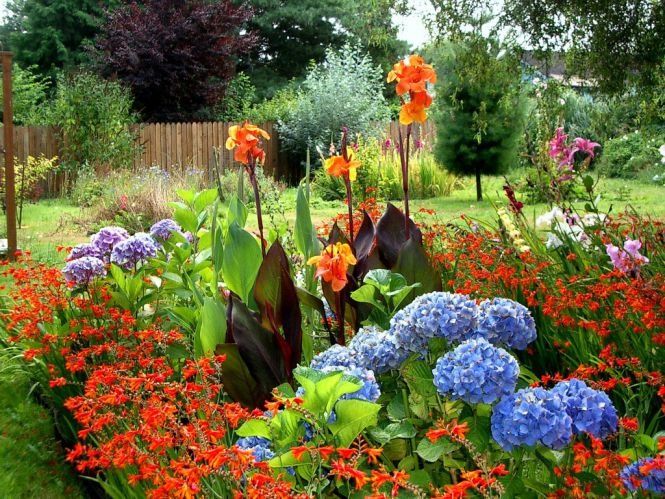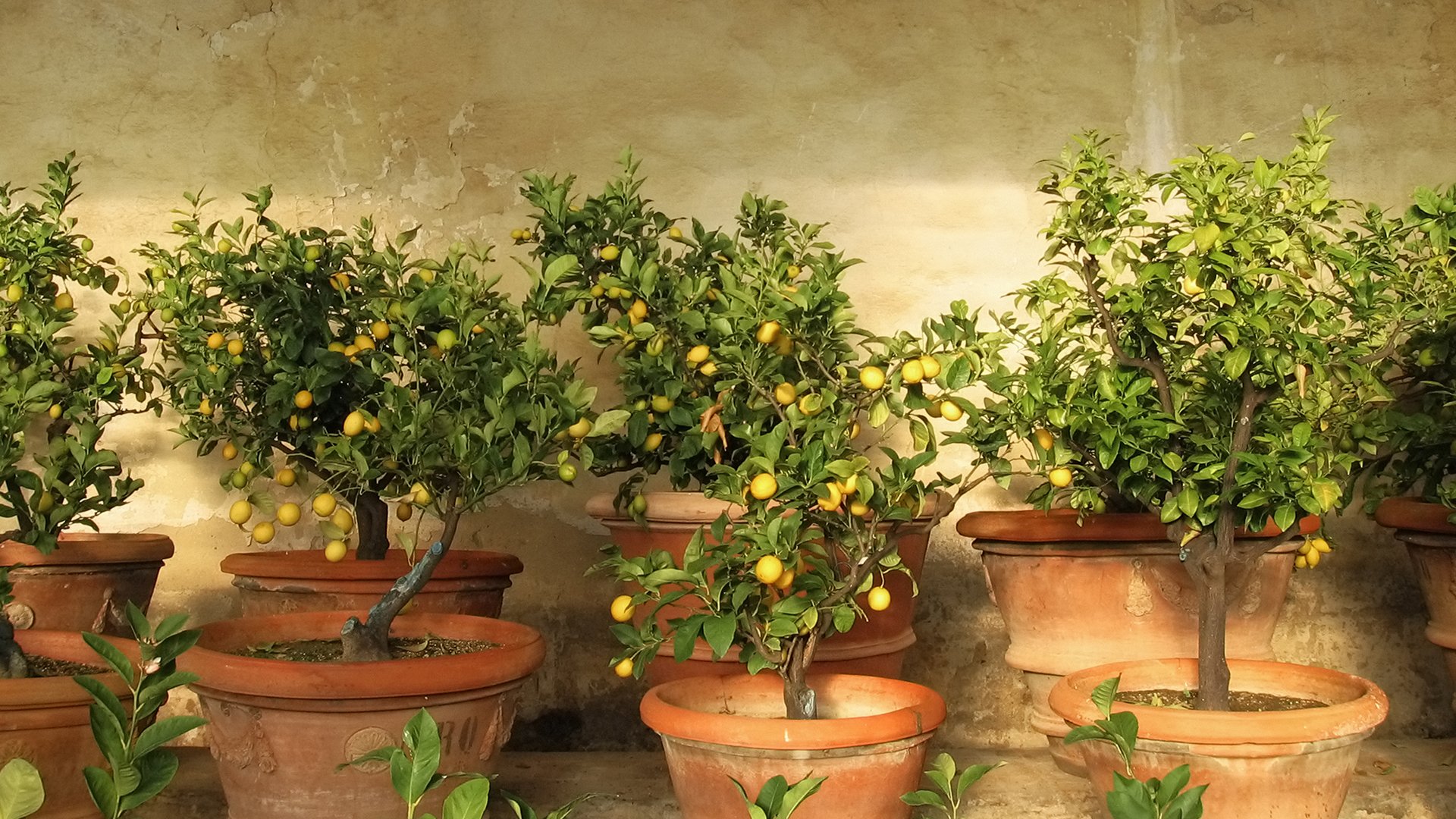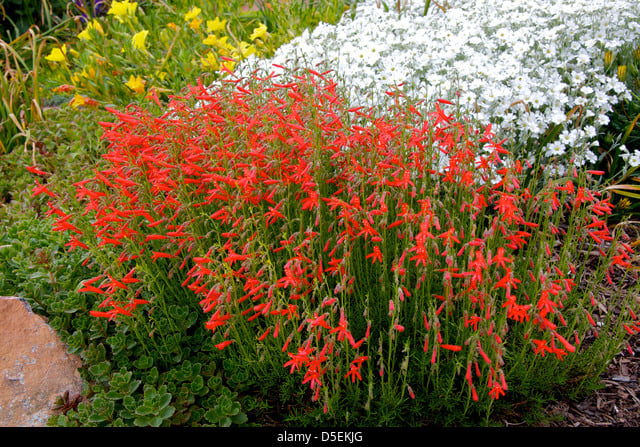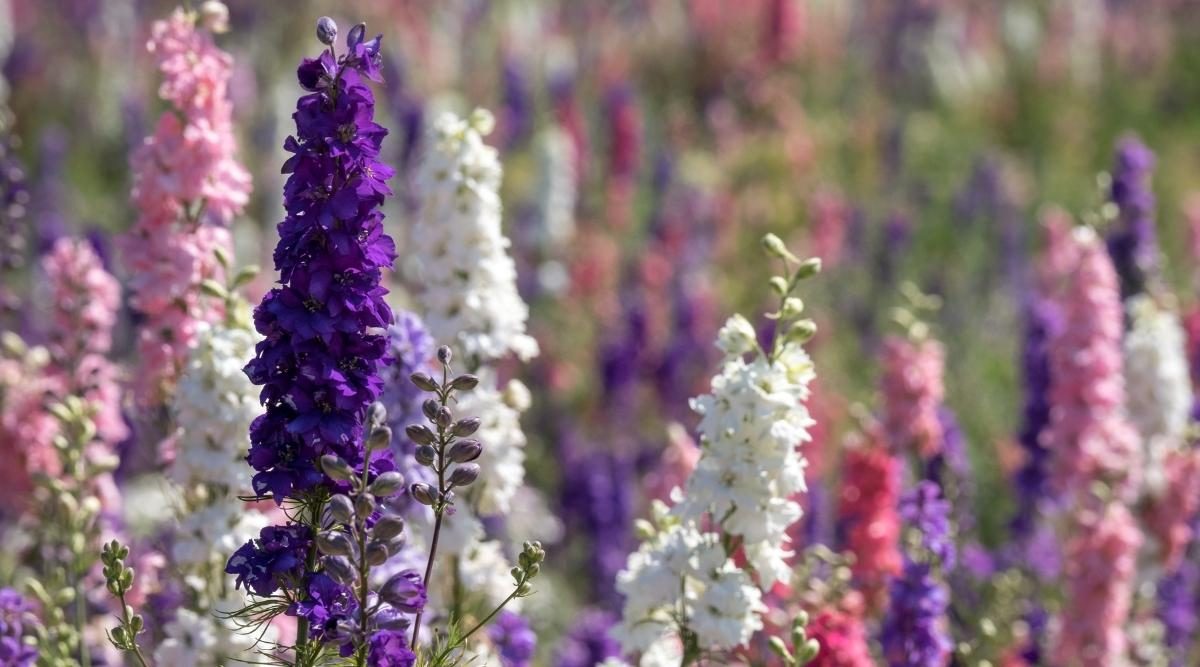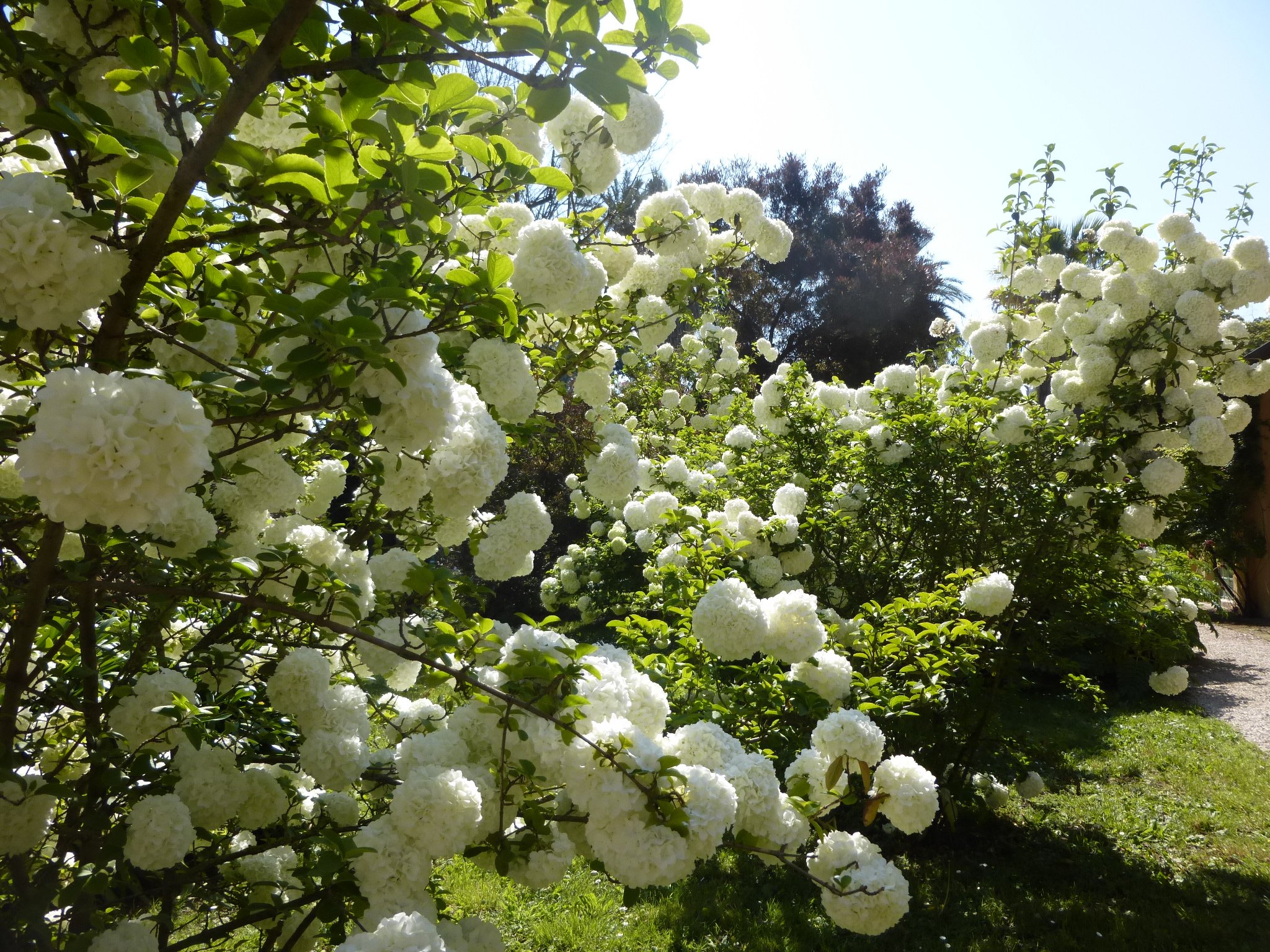Growing The ‘Snakes Head’ Fritillaries: A Step-By-Step Tutorial
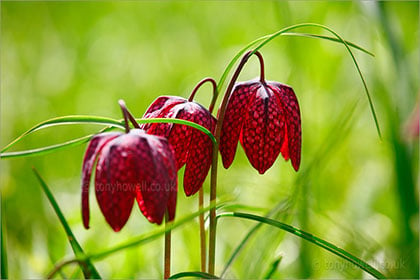
Table of Contents
Are you in search of a unique and distinctive addition to your garden? You can consider fritillaries. It will give your garden a rare and exotic touch with fabulous bell-shaped flowers. These plants are relatively easy to care for and will thrive in most garden soils. What makes them stand out is their chessboard-patterned blooms of deep purple, white or pink shades. They have a graceful nodding habit that adds to the overall charm of the plant.
These attractive plants mostly grow in the Mediterranean climate, damp meadows, riverbanks, marshes, or from northerly places and adapt well to the UK. These spring-blooming bulbs can grow up to 40 cm tall. In this guide, we will study how you can grow a snake’s head fritillary, what its benefits are, how to take care of them, etc.
So, let’s start exploring the beauty of these lovelies and enhance your garden with these eye-catching bulbs.
How To Grow Snake Head Fritillaries?
When planting snake’s head fritillaries, it is best to plant the bulbs about 15 cm apart. Be sure to mulch around the plants to keep the soil moist and retain moisture in the soil. To plant a snake’s head fritillaries, dig a hole that is twice the width and depth of the bulbs. While planting, remember bulbs should generally be planted with the tip facing up. In this case, they won’t thrive if planted upside-down.
Water well and keep the soil moist until new growth appears. The bulb will immediately develop roots if the soil is ideal. Being patient is a must because shoots and blooms won’t appear for a few months. Also, if a few mature bulbs are unable to bloom, don’t be worried.
Tips On Growing Snake’s Head Fritillaries
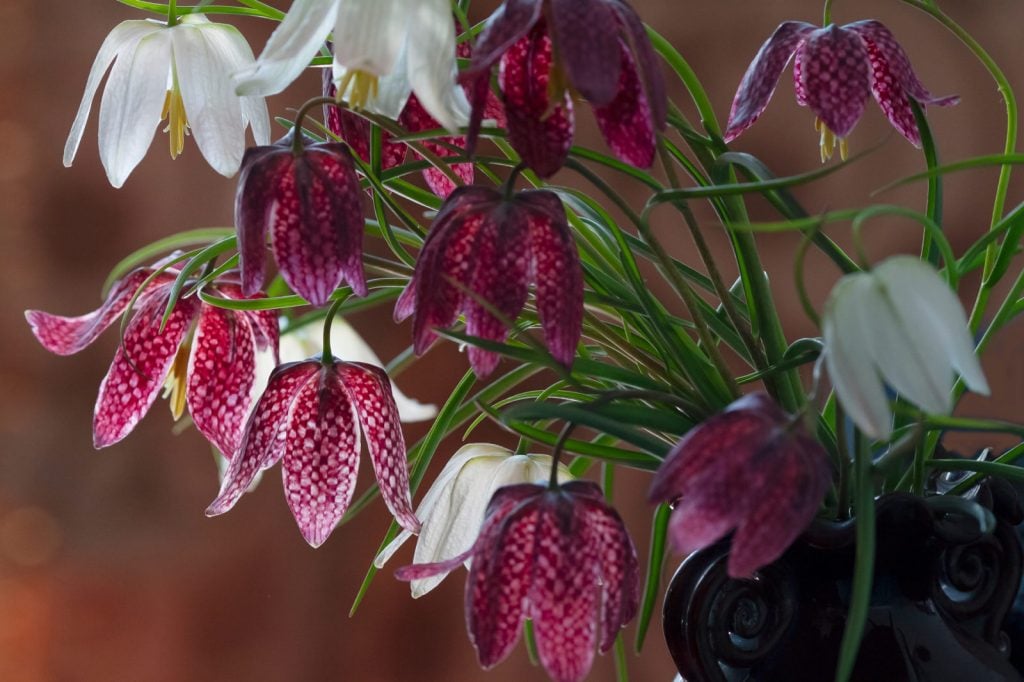
Snake’s head fritillaries are one of the most popular spring flowers in the United Kingdom. They are also known as checkered lilies or chessboard lilies. The scientific name for these beautiful blooms is Fritillaria meleagris. These easy-to-grow bulbs are perfect for naturalizing in damp woods or along streams.
If you’re looking to add some snake’s head fritillaries to your garden, here are a few tips to get you started:
- Snake’s head fritillaries prefer shady, moist conditions. If you live in an area with hot summers, it’s best to plant your bulbs in early spring so they can establish themselves before the heat sets in.
- Ensure you are using soil with organic matter so that it retains moisture.
- Snake’s head fritillaries will multiply over time, so feel free to divide clumps every few years to share with friends or create new beds elsewhere in your garden.
- Be sure to leave the foliage intact after flowering has finished and allow it to die back naturally. This helps nourish the bulbs for next year’s show.
- Snails and slugs love to snack on the foliage of snake’s head fritillaries, so keep an eye out for these pests.
- Deadhead faded flowers to encourage more blooms.
- Use a balanced bulb fertilizer after flowering to feed your snake’s head fritillaries and help promote healthy growth.
When And Where To Grow Snake Head Fritillaries?
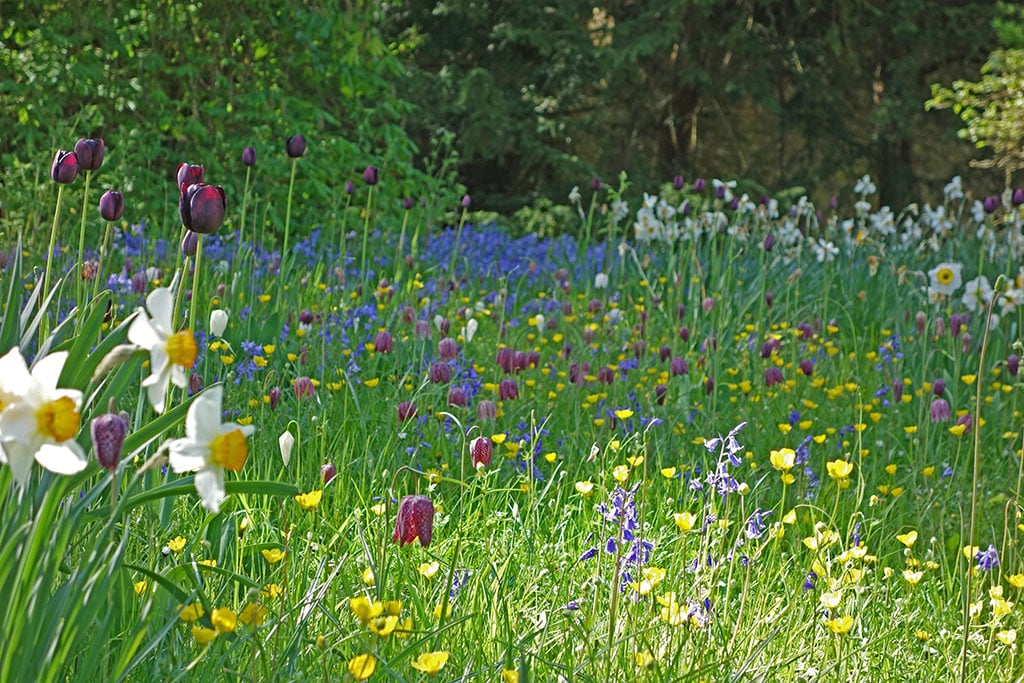
When it comes to finding the right place to plant and grow snake head fritillaries, there are a few things to keep in mind. To begin with, find a sunny, well-drained site. Then, you need to find a location that is protected from the wind.
Lastly, ensure that there is a lot of organic matter in the soil. Snake’s head plants prefer wet soil in a sunny or partly shaded area of the garden. If there is enough water available, it can even be cultivated inside. Throughout the growing season, you will need to give them regular watering. Snake’s head fritillaries can be planted in early spring or fall. You can plant these beautiful bulbs between August and November. Plant bulbs large in size deeply to ensure flowering – around 30 cm below the surface.
How to Harvest Snake Head Fritillaries?
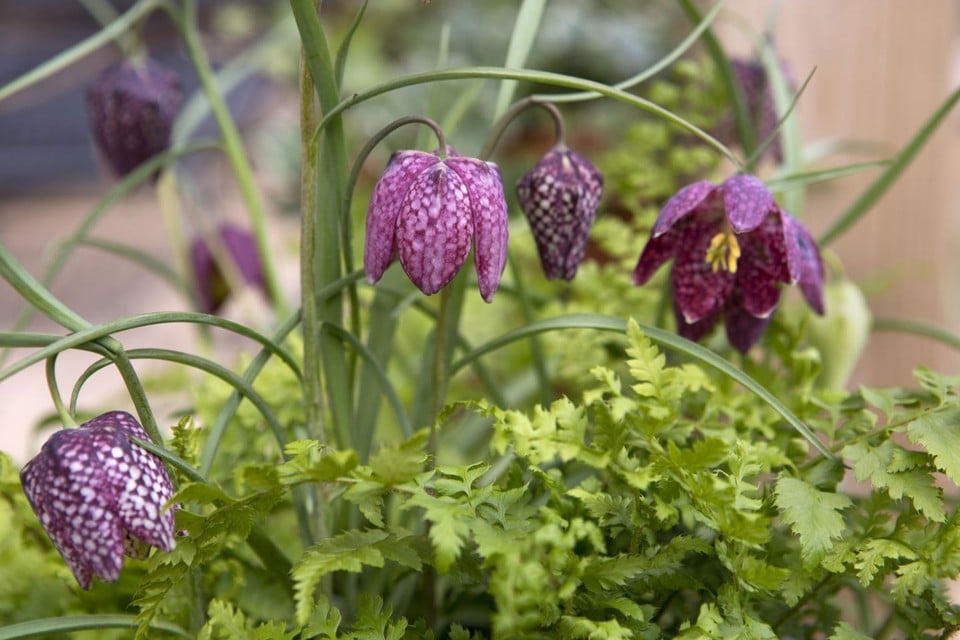
Once bloomed, you can go ahead with harvesting the snake’s head fritillaries. All you need to do is cut their stems if they still have them and place them in water quickly. Keep the flowers in a cool and dry place to enjoy fresh flowers for around 2 weeks. If proper care is taken, these fritillaries will serve you with vibrant blooms for years to come.
So are you ready to elevate your garden space with these beauties!!!
Different Types Of Snake Head Fritillaries
There are several varieties of snake’s head fritillary; all of these may differ in colour shades but resemble a similar chessboard pattern on their petals.
- Red snake’s head fritillary
- Yellow snake’s head fritillary
- White snake’s head fritillary
Preferable Climate for the Growth of Fritillaries
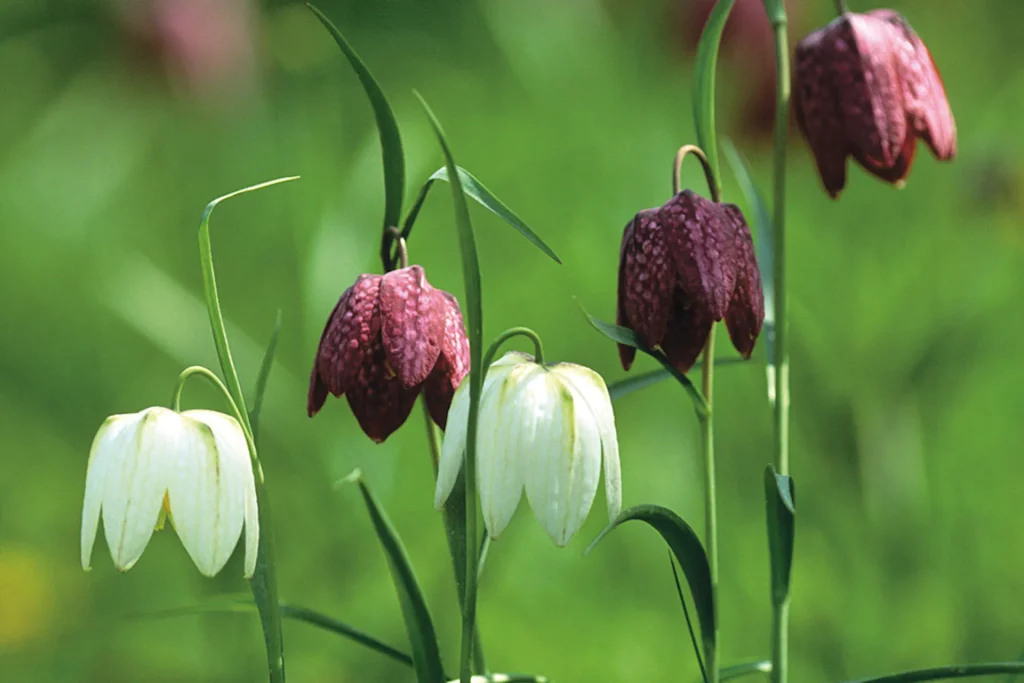
The bulb emerges from dormancy in early autumn and starts to form new roots, only to go back into dormancy in the winter. It swiftly grows a branch with few leaves the next spring as the temperatures drop. Pollinators must move quickly because the flowers are viable for only a short time. Fritillaries are typically less fussy about soil type and pH than they require exposure, aspect, and moisture content. A fritillary bulb can grow and produce flowers every year for up to 5 years. The plant might not bloom if environmental conditions were unfavourable to the previous year. Bulbs should be arranged in groups of six or more in borders or amid grasses for a more natural appearance. They should thrive in soil that is somewhat fertile, well-draining, and has dappled sunlight.
How to Care for The Snake’s Head Fritillary?
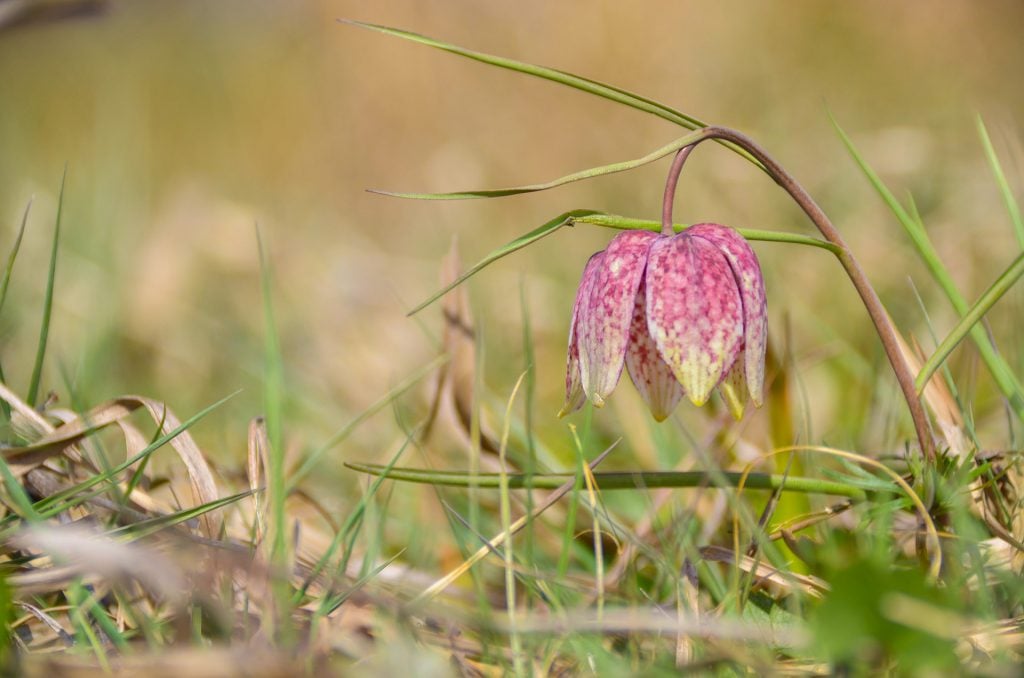
Once established, the snake’s head fritillaries are relatively low maintenance. Water regularly during dry periods and fertilize annually with a balanced fertilizer. Deadhead spent flowers to encourage continued blooming. In late summer, allow the foliage to die back naturally before cutting it down. In colder climates, it is recommended to mulch the soil around the bulbs during winter to protect them from frost damage. Mulch in the spring when the first branches emerge and treat with tomato fertiliser before the flowers appear for the wider, more colourful varieties of fritillary. Once the snake’s head plant has flowered, it absorbs nutrients from its foliage back into its own bulbs and withers.
Tip: After planting your bulbs, make sure the soil is moist because this will promote strong growth. When in bloom, fritillaries don’t require much watering; just be cautious, particularly during dry spells.
Benefits And Uses of Snake Head Fritillaries
- Snake’s head fritillaries can be used to treat respiratory conditions like asthma and bronchitis. The bulbs of these fritillaries contain alkaloids that have medicinal properties and also have anti-inflammatory and analgesic effects. Some studies even suggest that plants have anti-cancer properties.
- The snake’s head fritillary is grown as an ornamental plant in the garden and used in floral arrangements as cut flowers. These fritillaries attract attention when planted along the edge of a small pond or water garden. They are a hardy plant and can tolerate a range of conditions, making them ideal for British gardens.
- These snake’s head fritillaries are bee friendly as they are its main pollinators.
- These flowers reflect light waves that lie close to UV or infrared on the spectrum, making it easy for bees to locate them.
- Finally, these plants are incredibly low maintenance. Once established, they require very little care or attention and will provide years of enjoyment for gardeners.
Common Issues Of Snake’s Head Fritillaries
- There are a few common pests and diseases that can affect a snake’s head fritillaries. These include aphids, slugs, and snails. Aphids can be controlled with a strong spray of water from the hose or by using an insecticidal soap. Slugs and snails can be controlled by bait, such as iron phosphate products.
- Some of the diseases that can affect a snake’s head fritillaries are root rot, crown rot, and powdery mildew. These can be treated with fungicides.
- Another issue that can affect a snake’s head fritillaries is damage from animals or insects. This can be prevented by covering the plants with netting or fine mesh material.
- Overall, snakehead fritillaries are fairly hardy plants and can withstand many of the common pests and diseases that affect other flowers. With a little bit of care and attention, these beautiful flowers can be enjoyed for years to come.
Wrapping Up!
Now you have all the knowledge you need to grow a beautiful snake’s head fritillaries in your garden. Although it might require some persistence, commitment, and close attention to detail, the outcome will undoubtedly be worthwhile. The best way to ensure success is by planting them early in the season and ensuring that you provide adequate moisture throughout their growth cycle. With a little bit of hard work, your garden will be filled with beautiful snake head fritillaries in no time!
In addition to the steps outlined above, it’s important to choose the right soil and location for your flowers. If you can find a spot that meets all your requirements, you’ll be sure to enjoy an abundance of these stunning blooms each year.
So why not give it a shot and beautify and colour your outside area? Who knows, you might find a new love for gardening after seeing these distinctive and alluring flowers grow year after year.


